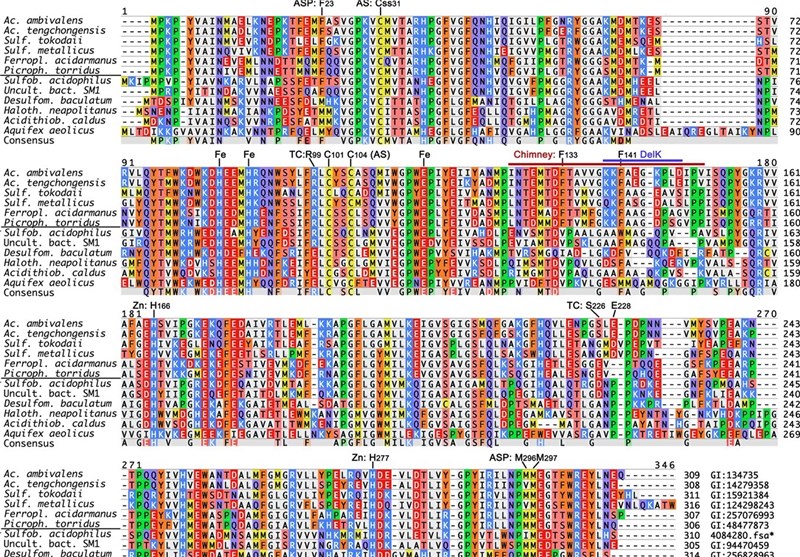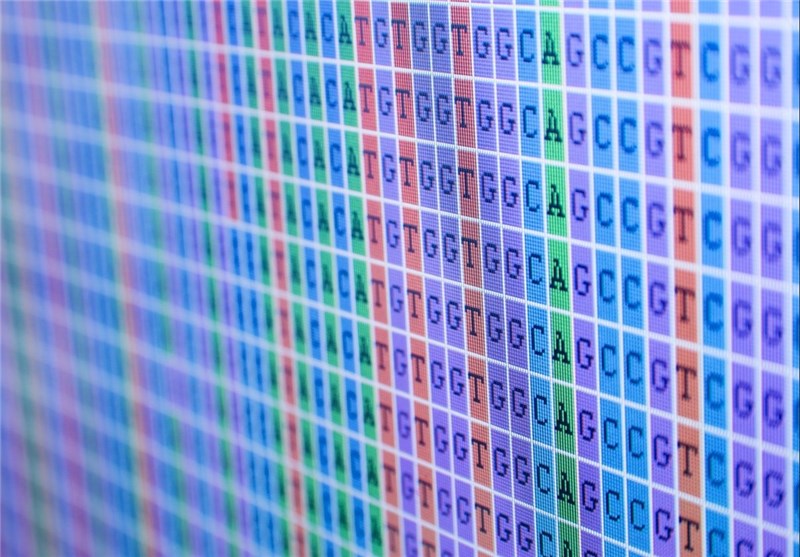Whole Genome Sequencing 'Not Ready for Widespread Clinical Use'
TEHRAN (Tasnim) – Both the technical barriers associated with human DNA sequencing and the costs involved have been decreasing for some time. A new study investigates the benefits and drawbacks of whole genome sequencing in clinical applications.
The first sequencing of a human genome began in 1990 and was completed in 2003 at a cost of $2.7 billion. Now, whole genome sequencing (WGS) can cost as little as $1,000, with the procedure taking just days.
When sequencing an organism's DNA, the order of DNA nucleotides is documented by machines. This ordering is transcribed in letters - A, C, G and T - which each represent a particular piece of DNA (adenines, guanines, thyamines and cytosines). The human genome is made up of 3 billion of these letters.
Using the genome sequence, scientists are able to find genes much more easily. In a clinical setting, it is hoped that WGS could quickly and accurately reveal the genetic basis of family diseases. Even in healthy individuals, it is believed that WGS can uncover potentially important information about a person's genes and their health.
For example, Medical News Today recently reported on new research that looked at using WGS to select embryos for in vitro fertilization.
However, it is rare that the clinical findings of WGS are reported. Therefore, scientists do not have much information on how effective or reliable WGS is as a clinical tool.
Three Main Problems in Using WGS to Diagnose Disease or Risk of Disease
Researchers from the Stanford Center for Inherited Cardiovascular Disease in California recruited 12 adult volunteers who underwent WGS between Nov. 2011 and March 2012. The results were reviewed by a multidisciplinary team, and the researchers published their findings in the journal JAMA.
The study identifies three problems with using WGS in a clinical setting.

Firstly, the study found that WGS' coverage of inherited-disease genes was incomplete. Being able to accurately map the important parts of the genome for diseases that run in families is more difficult than mapping other sections of the genome.
Secondly, the researchers could not reproduce all of the genetic variations that were detected, and the experts in the study could not agree on which types of variation were important for disease.
Thirdly, the experts in the study disagreed on which of the WGS results were most meaningful, or "clinically reportable."
Consequently, the authors conclude that although the analytical validity of WGS is improving, there are still technical challenges with assessing individual results.
Although the financial cost of the sequencing has made the technology more accessible, there are still "considerable" human resource needs in order to interpret and validate the data returned by WGS.
Writing in a linked comment, JAMA associate editor Dr. William Gregory Feero says that studies like this "provide a glimpse of what is possible but demonstrate that much remains to be learned about previously assumed to be 'known' information as well as myriad 'known unknowns' and 'unknown unknowns' before truly successful widespread integration can occur."
He adds: "A question facing potential early adopters of genome sequencing as an adjunct to patient care is whether or not having WGS data, at this time, will decrease uncertainty and improve outcomes or merely exponentially increase the complexity of clinical care."
